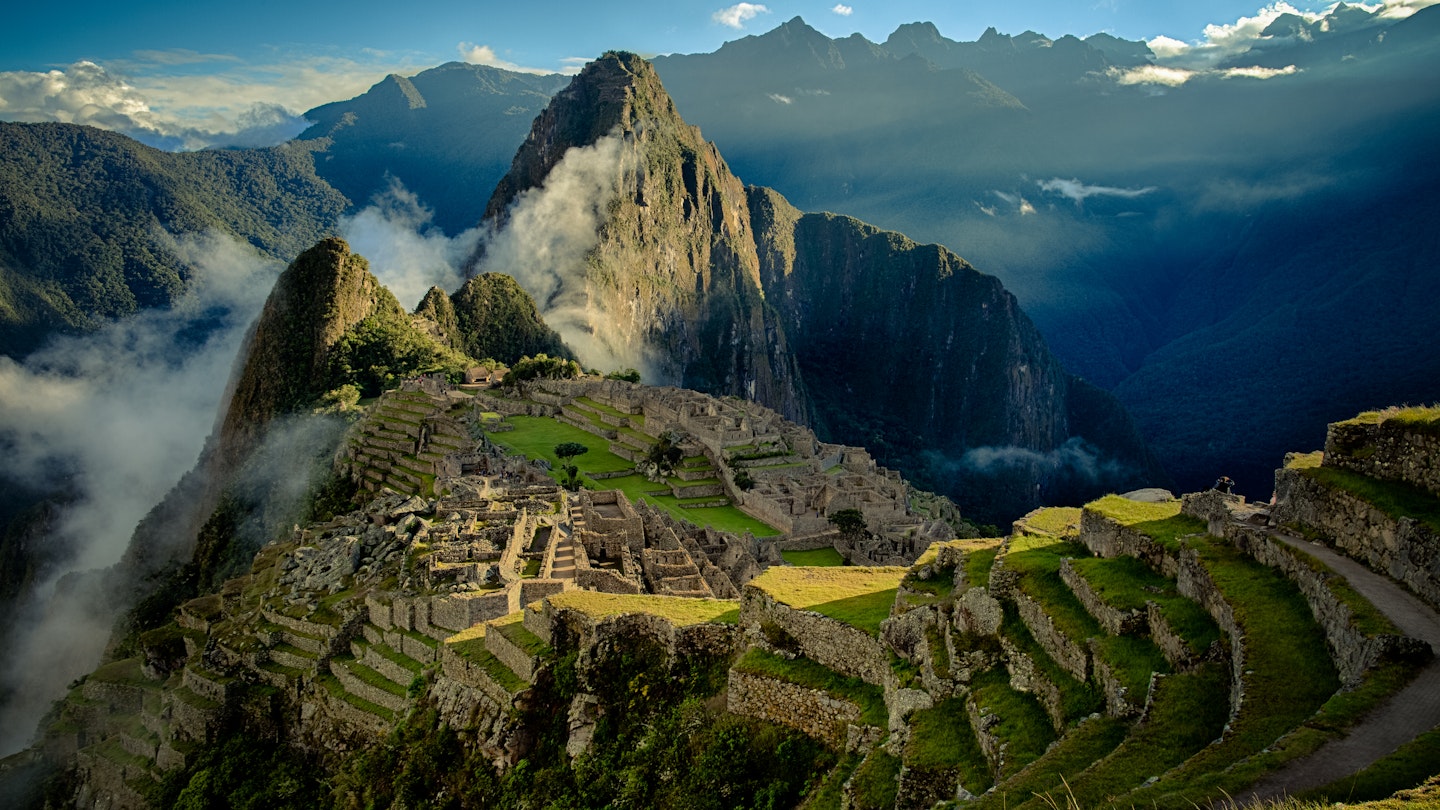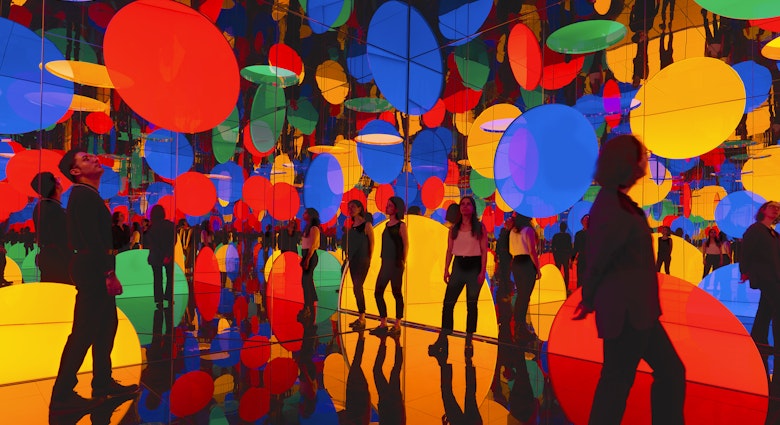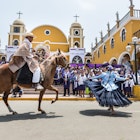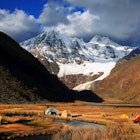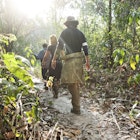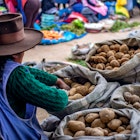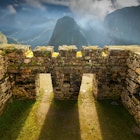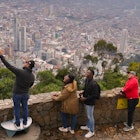In the past decade, Peru has remained on the radar of adventurous and mindful travelers thanks to the Latin American country’s incredibly diverse ecosystems, terrain and cultures – not to mention award-winning restaurants and a mouthwatering street food scene – that supply endless explorations.
To top it off, there’s that ancient mountain, Machu Picchu, in the Sacred Valley, once the heart of the Inca Empire, that never seems to go out of style. Located at an altitude of nearly 8000 ft (some 2430m) above sea level, at the nexus of the Peruvian Andes and the Amazon Basin, Machu Picchu has only continued to gain international interest since its rediscovery in 1911. In fact, it is one of the most sought-after archaeological sites in all of South America.
Understanding the appeal and majestic quality of the high-altitude site however requires more than swiping through Instagrammable images: we must first uncover the meaning, history and importance of Machu Picchu.
Editor's note: check local travel restrictions before booking any trip and always follow government health advice.

What is Machu Picchu?
Meaning "ancient mountain" in Quechua, one of Peru’s many indigenous languages, Machu Picchu transformed from a simple summit to a sacred site during the rule of the Inca Empire in the mid 15th century. Located about 45 miles (75km) northwest of Cuzco city, the trek to Machu Picchu is a big draw for travelers, though it was this countryside setting that allowed the Incas to hide from potential invaders.
Thousands of steps – some of which were cut into over 100 staggered terraces – lead up to an expansive stone citadel complete with plazas, ritualistic and sacrificial areas, and an elaborate irrigation system. There were also living quarters for Inca royalty and a fleet of guardsmen, servants and about a thousand people more. While it is uncertain if Machu Picchu served as a seasonal retreat or long-term residency for the Inca elite, the site managed to incorporate all of the ancient culture’s core elements: agriculture, astronomy, spirituality and a harmonic society.

Though restoration has been an ongoing task for the past half a century, it is undeniably impressive that any of the structures have remained after a lifetime of heavy rains and frequent earthquakes – not to mention, the footsteps of thousands of daily tourists. Such a feat is owed to the ingenious Inca engineers and architects who not only insisted in building a sturdy underground foundation and tiered cropland to prevent landslides, but had also directed stonemasons to carve and smooth massive granite stone in such a precise manner that they could be pieced together without the use of mortar or any sort of melding agent.
Incredibly advanced and organized, the Inca civilization continues to be a topic of marvel for modern archaeologists and history buffs – and Machu Picchu, specifically, has been a revealing portal to help us understand the ancient culture and history of Peru.
History of Machu Picchu
An icon of Inca civilization, Machu Picchu in its prime was truly fit for a king – or, more accurately, an emperor. While there remains some speculation, it is commonly believed the citadel was built for Inca Pachacuti (also referred to as Pachacutec) who ruled from 1438 until his death in the early 1470s. The ninth Inca ruler, Pachacuti would begin an era of conquest that marked the development of the Inca Empire (or Tawantinsuyu), the largest empire in pre-Columbian America.
Archaeologists estimate that the construction of the mystical mountain city began around 1450 and took decades to complete. Not even a century after the first stone wall had been erected, however, Spanish conquerors began to gain ground in what is today considered the Cuzco region. Remote and off the radar, the tropical mountain top was safe from unknowing Spanish intruders yet was nonetheless abandoned by its people who sought safer ground.
Would Machu Picchu then be completely forgotten? Not necessarily. In 1911, American explorer Hiram Bingham arrived in the Sacred Valley and was guided along the Urubamba River and up the now famous mountainside to the citadel (which he mistook for Vilcabamba) by a duo of local peasant farmers. Though quite overgrown with dense jungle, Machu Picchu had not been a secret to locals – it was, however, a delightful surprise for curious internationals who, having read of Bingham’s so-called discovery in his 1913 book, would begin a longstanding wanderlust tradition of dreaming of Peru.
In the past half a century of its modern history, Machu Picchu has garnered titles such as Peruvian Historical Sanctuary (since 1981), Unesco World Heritage Site (1983), and one of the New Seven Wonders of the World (2007).
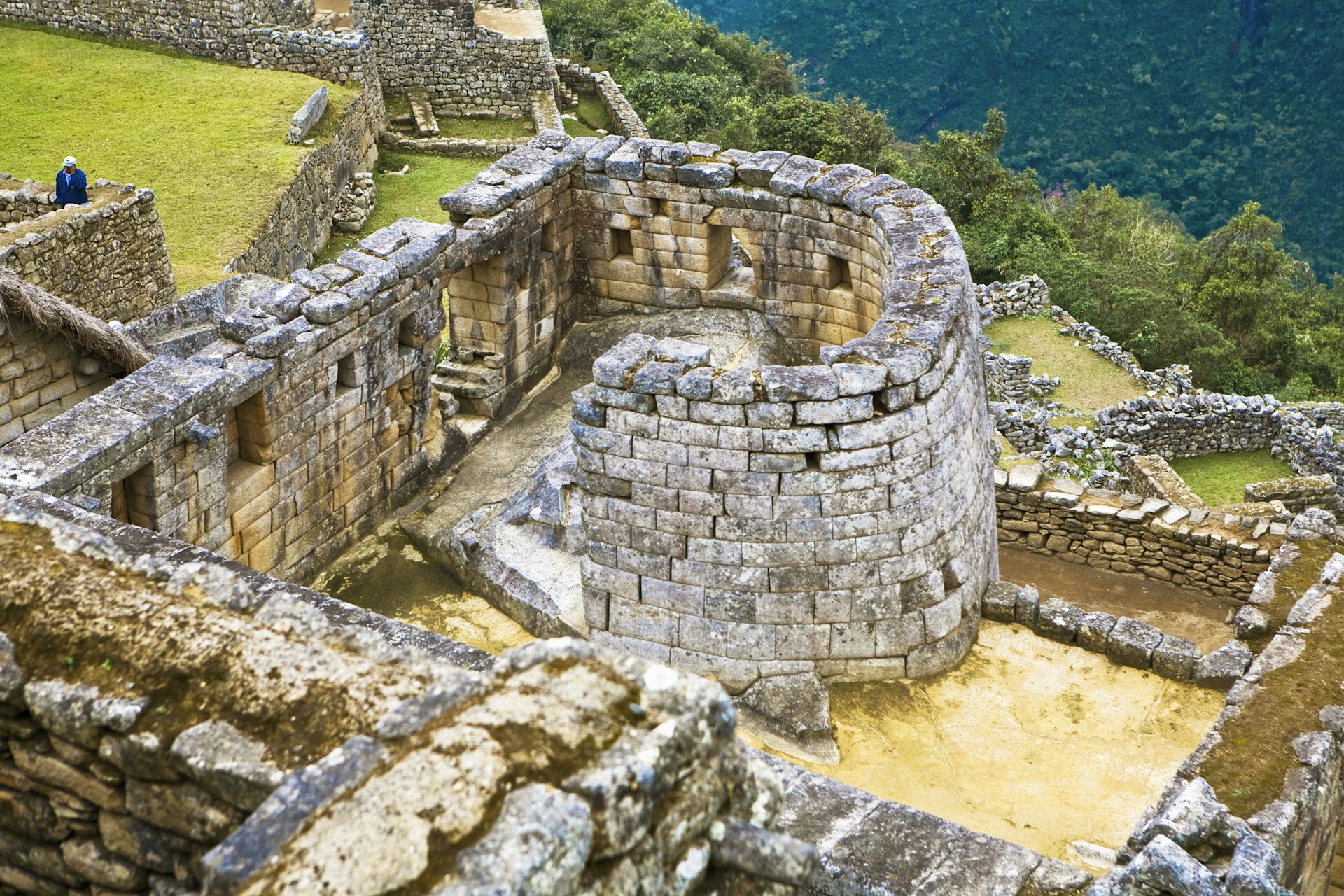
Special features of Machu Picchu
● Temple of the Sun
The curved wall of this temple’s tower was built upon and integrates a large ceremonial stone that rests at the base, forming a cave-like area. This temple was used to honor Inti, god of the Sun, and light pours in through the eastern-facing windows during both winter and summer solstice. It is one of many great examples of the Inca dominance in astrology, religion and design.

● Inti Watana
Also spelled "Intihuatana", the Quechua name of this peculiar-shaped ritual stone means “hitching post of the sun” and is set in what has been designated as the "Urban Sector" of the citadel. Likely used as a sundial or astronomic calendar, the 2-m-high slab is marked by a protruding tab pointing to the magnetic north. With this tool, the Incas would have been able to track the movement of the sun and the seasons. For example, the longest shadow appears during winter solstice (June 21, in the southern hemisphere), allowing them to project agricultural and ritualistic activities.
● Museo de Sitio Manuel Chávez Ballón
This museum may be small but it’s not to be missed, even though many visitors are unaware of its existence. A 20-minute walk from Aguas Calientes, the small town at the base of Machu Picchu, it has a dynamic display to better understand the building methods used by the Incas and the excavations that took place centuries later. Afterwards, stroll through the museum’s Botanical Garden.
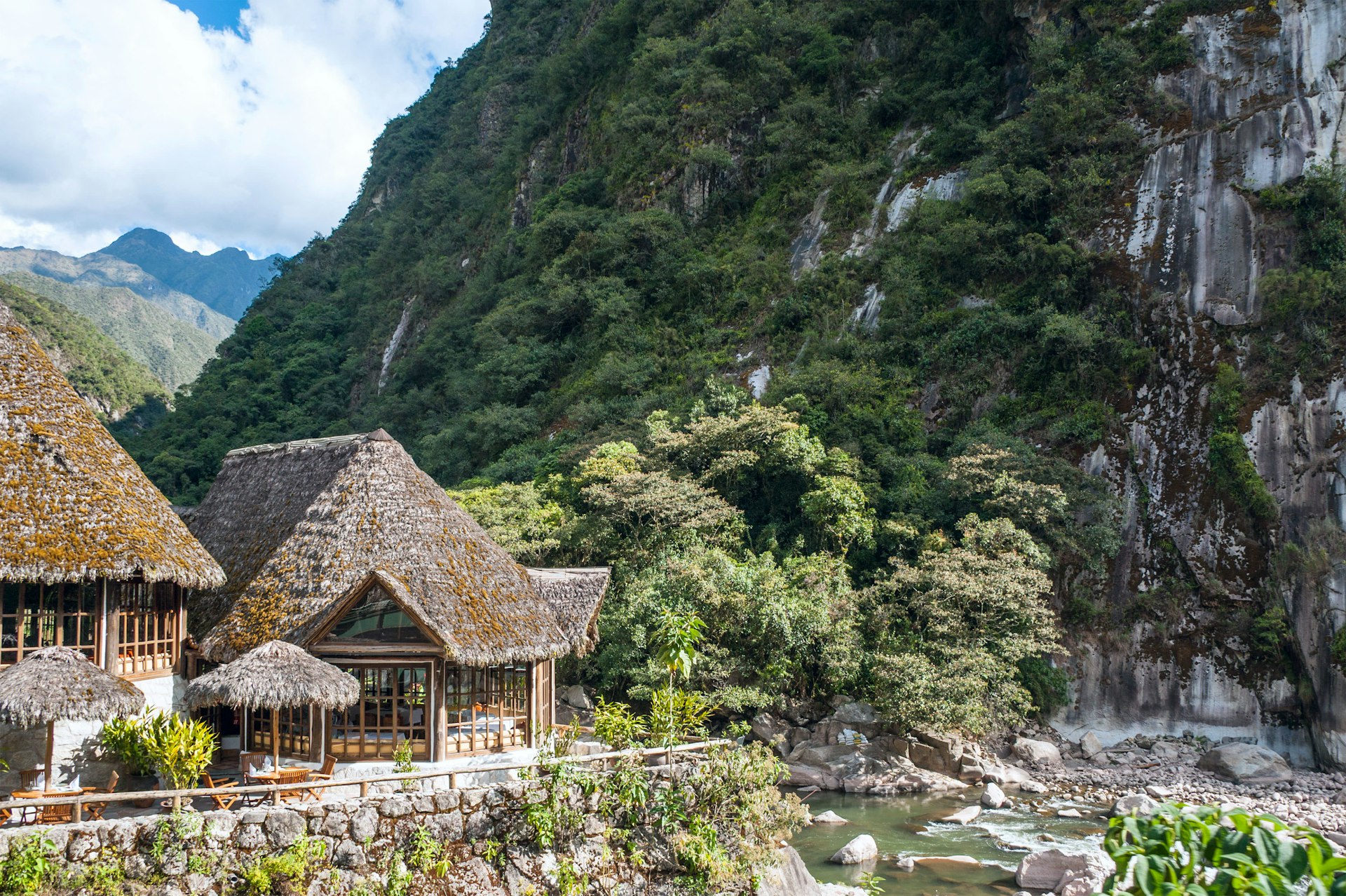
● Huayna Picchu
While its name is lesser known by international standards, Huayna Picchu is commonly mistaken in photos for its more famous sister peak (it is the one towering over the leveled areas filled with stone ruins). Though a steeper and riskier hike, the physically fit should not skip the opportunity to trek a bit further and catch an incredible view of Machu Picchu and the entire land of the Incas from the top of Huayna Picchu.
Planning your trip to Machu Picchu
Machu Picchu is currently closed due to COVID-19 restrictions. While the reopening date has yet to be confirmed, new protocols will be put in place to ensure the safety of travelers as well as the conservation of the historical site. The new social distancing rules – smaller tour groups, fewer visitors allotted per hour, trains and buses at 50% capacity – mean the typically crowded site will provide travelers with a greater opportunity to connect to the natural and spiritual world that surrounds, just as the Incas would have wanted.
You might also like:
Responsible trekking in Peru: what you should know about workers' rights for porters
Peru's top 10 adventures
Offbeat adventures in Cuzco and Peru's Sacred Valley

